A post by
Lucia Baier
Content Manager
YONTEX GmbH & Co. KG
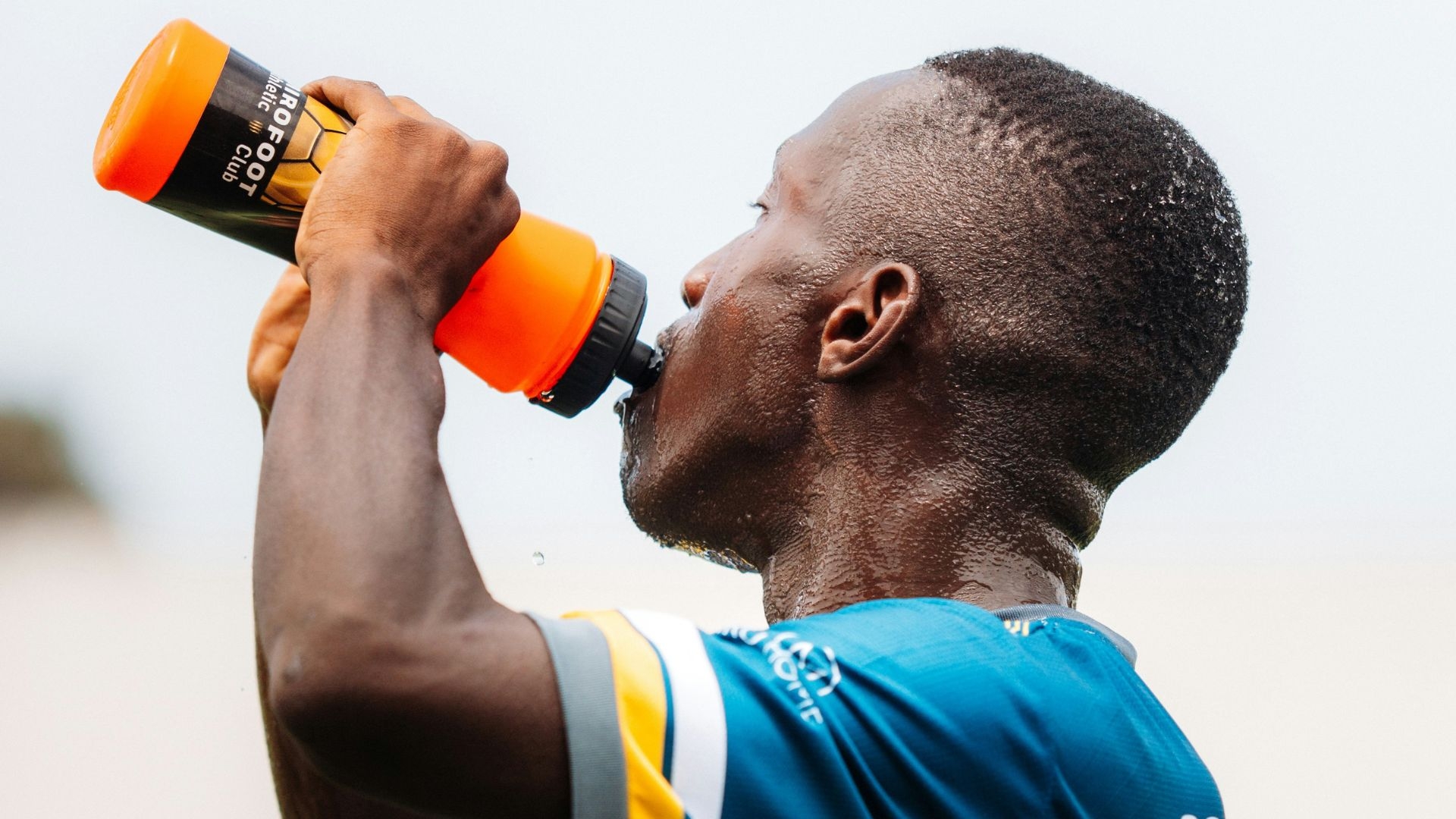
Electrolytes are playing an increasingly important role in the functional beverage segment. Electrolyte drinks appeal not only to athletes, but increasingly to the general population. This article shows what is important in the development and production of electrolyte drinks.
Released on 09/07/2025

A post by
Lucia Baier
Content Manager
YONTEX GmbH & Co. KG
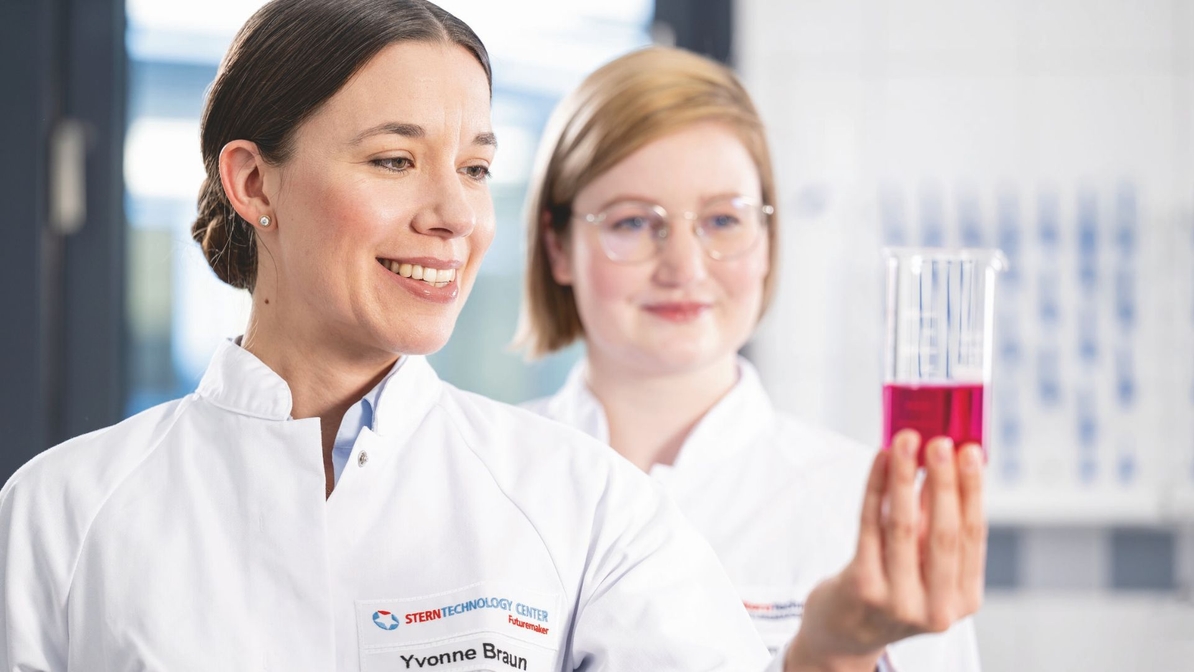
Yvonne Braun, Functional Lead Product Development, SternVitamin, in the laboratory
In the context of human health, hydration describes the maintenance of a balanced fluid balance. The term was coined by the market research institute Innova Market Insights, among others, which named the topic one of the top 10 trends in the food and beverage industry in 2024.
This growing market offers a wide range of opportunities, but also presents many beverage manufacturers with technical challenges: The stability and solubility of the micronutrients as well as the flavour and the adjustment of the desired osmolarity are crucial for successful product development.
Electrolytes are minerals such as sodium, potassium, calcium and magnesium that carry electrical charges when dissolved in liquids. Undissolved, these minerals are present in the form of salts such as sodium chloride. An adequate supply of these minerals is essential to maintain numerous bodily functions, including energy production, muscle contraction and the transmission of nerve impulses.
Electrolytes also play a central role in regulating fluid balance: based on osmotic pressure, electrolytes such as sodium and potassium attract water and help to maintain the volume of water in the cells and blood. At high electrolyte concentrations, fluid diffuses into the cell; at low concentrations, water flows out. In addition to the intake of fluids, a sufficient supply of electrolytes is therefore also important for a balanced fluid balance. Electrolyte drinks offer both in one.
The concentration of the particles in the drink (osmolarity) also determines the functionality of the drink. This depends primarily on its sugar content, but electrolytes also contribute. A distinction can therefore be made between hypotonic, isotonic and hypertonic drinks.
Contrary to the common assumption that isotonic drinks are the best choice for balancing fluid levels, studies have shown that hypotonic drinks are best suited for this purpose – at least during physical exertion.
Osmosis is a natural process in which water tends to move from areas with less dissolved substances to areas with more dissolved substances in order to establish a balance.
In relation to our body cells, this means that if the fluid outside the cell contains more dissolved substances (e.g. electrolytes) than inside, it draws water out of the cell. If it is the other way round, water flows into the cell. This water flow is crucial for regulating the fluid balance in our cells and maintaining their functions.
The terms hypotonic, isotonic and hypertonic characterise the concentration of dissolved substances in a drink in relation to human blood:
Hypotonic drinks have a lower concentration of dissolved particles than blood, which leads to rapid absorption and makes them ideal for quickly balancing fluid levels.
Isotonic drinks have a similar particle concentration to blood and ensure a faster equalisation of energy and fluid losses. They are suitable for physically active people and people who are on the move a lot.
Hypertonic drinks have a higher particle concentration than blood, which makes them more suitable for supplying energy than for quickly balancing fluid levels.
In the modern beverage industry, electrolytes are an exciting topic for the development of new products. Micronutrient premixes offer a good opportunity to significantly simplify development and production. In the case of electrolyte drinks, the use of premixes allows all the desired minerals to be added with just one additional component. Yvonne Braun, Functional Lead Product Development at SternVitamin, has been working in the beverage industry for more than ten years and spoke to us about the challenges involved in developing electrolyte drinks. She provides insights into her many years of experience in the development of micronutrient premixes for beverages.
Yvonne Braun
We are currently seeing a significant increase in demand for mineral mixtures for electrolyte drinks with sodium, magnesium, potassium, calcium and zinc. In my opinion, the first three are the most important. These are also popular in combination with selected vitamins and plant extracts.
Yvonne Braun
Electrolyte drinks should generally fulfil two functions. Firstly, to quickly compensate for a loss of fluids and secondly, to supply important minerals. How effectively a loss of fluid can be compensated depends heavily on the particle concentration of the drink, which defines whether the drink has a hypotonic, isotonic or hypertonic effect. Sugar usually makes the biggest contribution to this, but the amount of electrolytes is also decisive here.
Yvonne Braun
When fortifying beverages with minerals, their stability and solubility as well as their effects on the sensory properties of the beverage must be taken into account. In addition to the quantity used, the choice of suitable mineral salts is particularly important here. As the name suggests, minerals often contribute a salty or bitter flavour. The technical challenge here is to optimise the composition of the mineral compounds in order to avoid sensory losses as far as possible.
In the modern beverage industry, electrolytes are an exciting topic for the development of new products. Micronutrient premixes offer a good opportunity to significantly simplify development and production. In the case of electrolyte drinks, the use of premixes allows all the desired minerals to be added with just one additional component. Yvonne Braun, Functional Lead Product Development at SternVitamin, has been working in the beverage industry for more than ten years and spoke to us about the challenges involved in developing electrolyte drinks. She provides insights into her many years of experience in the development of micronutrient premixes for beverages.
Yvonne Braun
There are no direct legal requirements in Germany. Overall, however, it must be taken into account that significant quantities are used within the meaning of the Food Information Regulation (FIR), so that a claim is possible. The target group should also be taken into account here: a drink for competitive athletes has different requirements than a drink for everyday use. The maximum amount of micronutrients is limited by technical factors, such as the solubility limit of minerals.
Yvonne Braun
We recommend using the premix before the preservation step (e.g. pasteurisation). Losses due to high temperatures are not to be expected, as minerals are heat-stable. The situation is different if vitamins are also to be used. Here it is necessary to take into account various influencing factors such as light, oxygen, process conditions or pH value during premix development so that the end product achieves the desired target values.
Yvonne Braun
In the technically demanding development of electrolyte beverages, close dialogue between the development departments of the premix supplier and the beverage manufacturer is of great importance. The more information the product developer has, the more successful the customised end product can ultimately be.
Machine translated
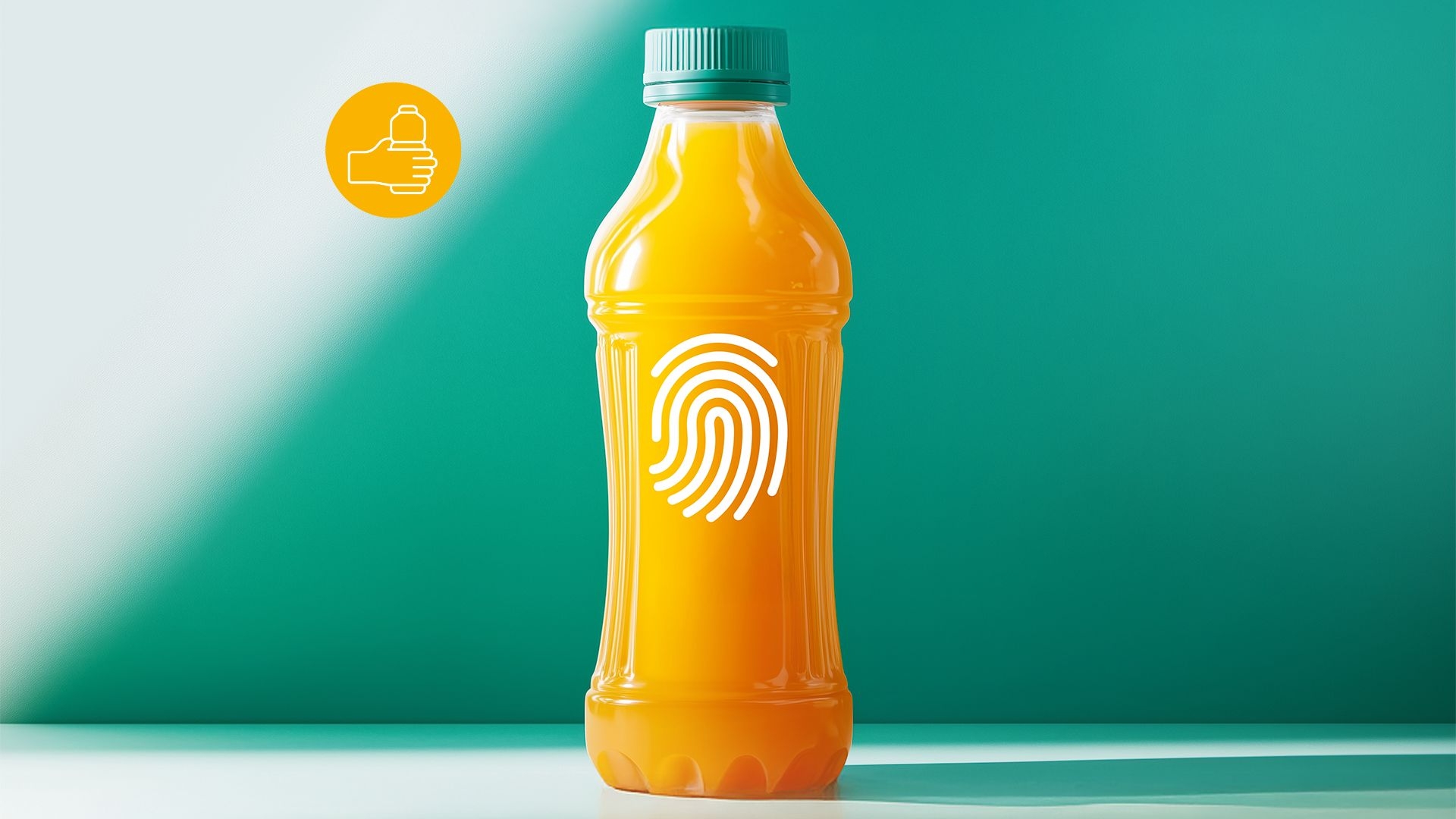
Lifestyle & Health
A post by Susanne Blüml
Read more
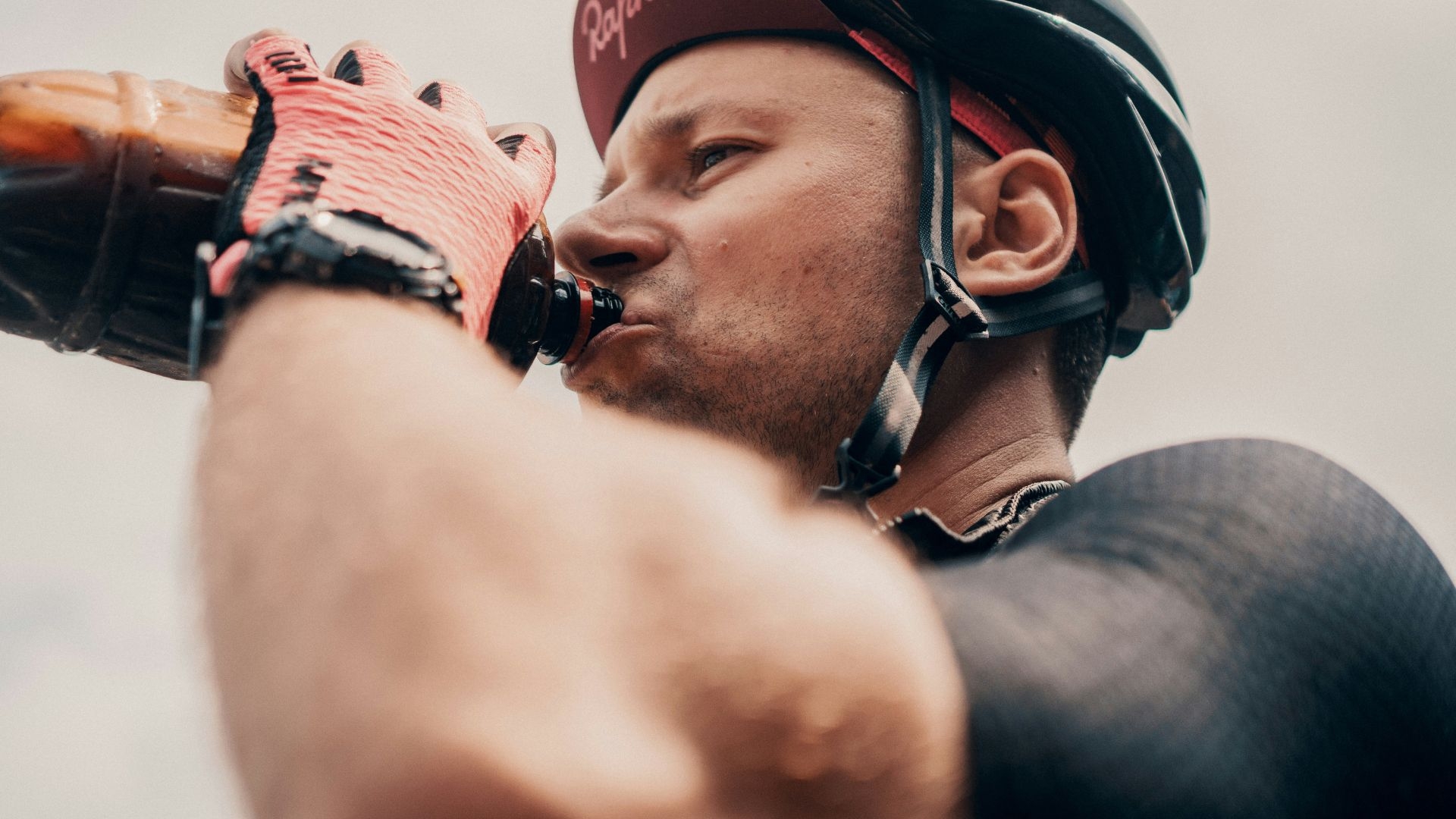
Lifestyle & Health
A post by Thomas Birus
Read more
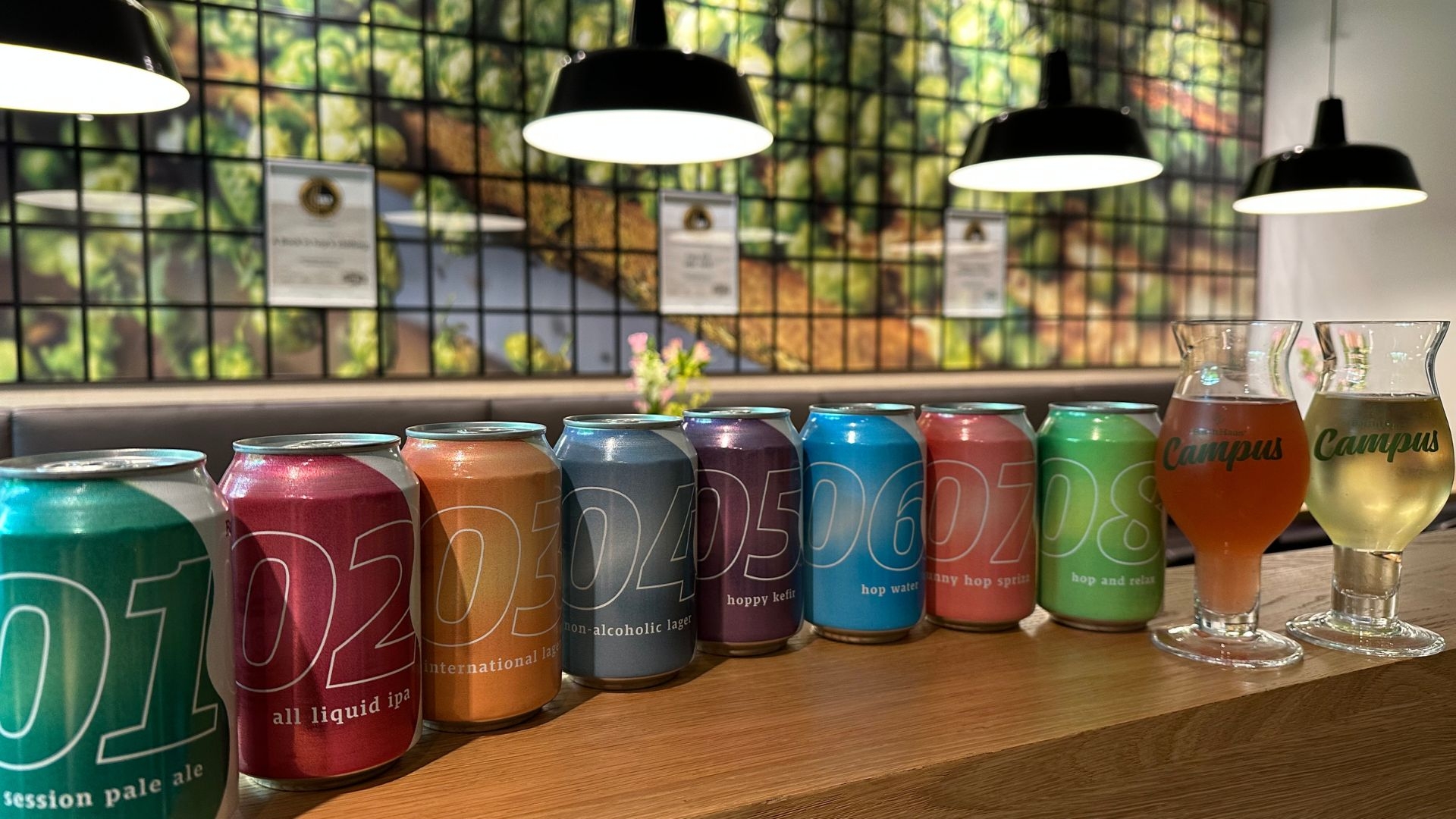
Lifestyle & Health
A post by Lucia Baier
Read more
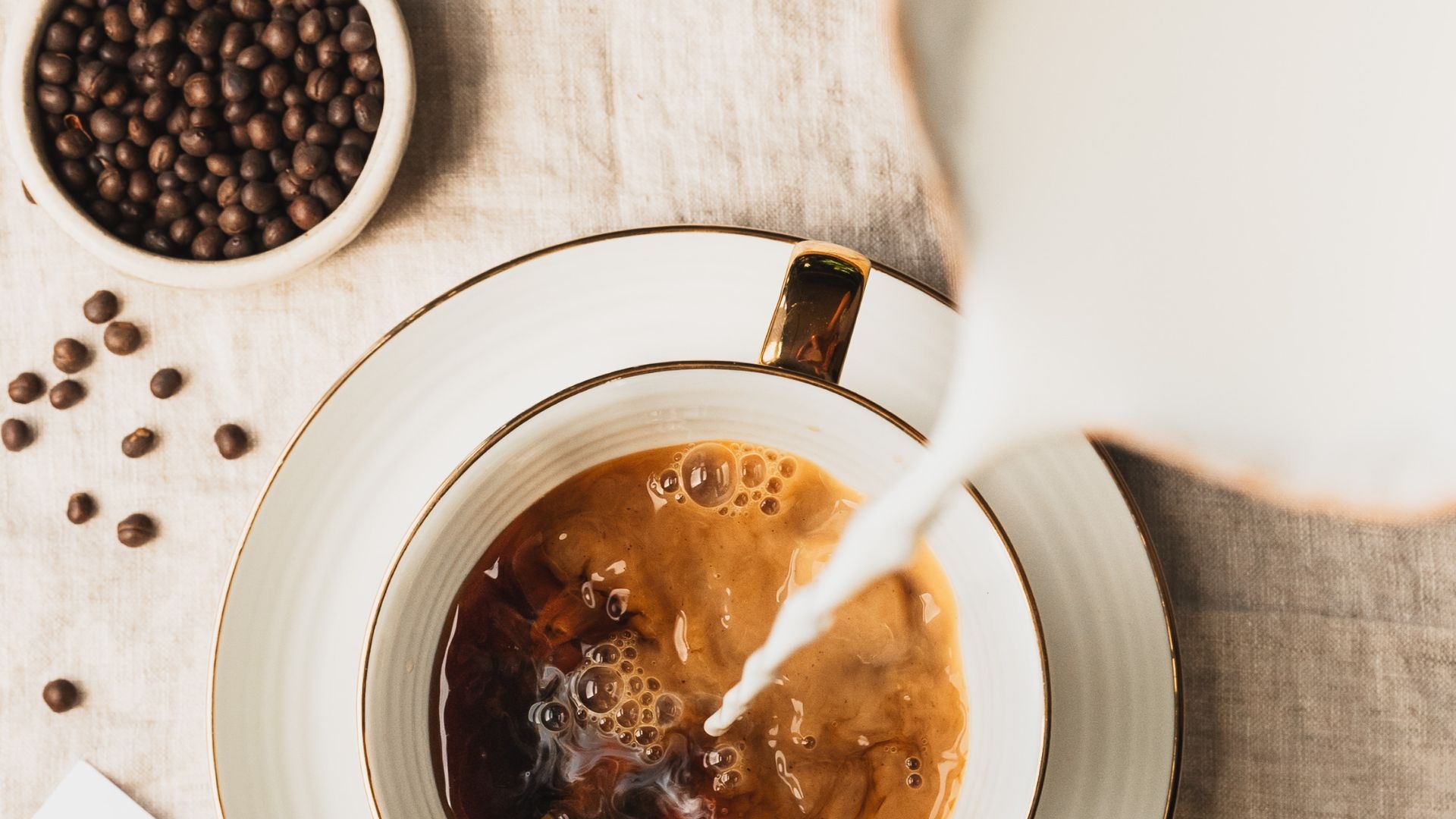
Lifestyle & Health
A post by Donna Berry
Read more